Learn how influencer marketing has ripped into social media strategies and how it can help you
Over the past 24 months, there have been hundreds of marketing campaigns executed with the help of influencers. As brands infuse influencer marketing into their marketing mix, they are discovering new ways to benefit from it, and better ways to implement it. As a result, there have been a few changes in the influencer marketing landscape.
These changes mainly affect marketers’ spending on influencer marketing, and what they achieve through the marketing channel. There are also changes in terms of ROI, and the platforms leveraged for executing influencer marketing campaigns. Let’s take a look at some of the most significant signs signaling the growth and evolution of influencer marketing during this period.
Budgets are Continuing to Increase
Realizing the benefits of working with influencers, marketers are spending more money on their influencer marketing campaigns. This trend of increasing budgets has remained consistent over the past 24 months.
In a 2015 study conducted by Tomoson, 59% of marketers expressed their intention to increase their spending on influencer marketing. 10% said that they would be reducing their influencer marketing budget, while 11% would be maintaining the same budget.
Even in the 2016 study conducted by Linqia, a large percentage of marketers intended to increase their budget for the next year. While 48% of marketers in the study were planning to increase their budget, only 4% said that their budget will decrease. 23% had intended to maintain the same budget.
The increase in marketers who wish to maintain the same influencer marketing budget suggests that a lot of marketers are starting to discover the right budget that they’re comfortable with.
In another 2015 study that was conducted by TapInfluence, most marketers admitted to spending less than $5,000 on influencer marketing. 34.1% of marketers in the study spent less than $5,000 on influencers and 17% spent somewhere between $5,000 and $10,000. 14.8% said that they spend $25,000 to $50,000 on influencers, while only 8% spent somewhere between $10,000 and $25,000.
The Linqia study, however, showed that most marketers allocated a budget of $25,000 to $50,000 for influencers in 2016. Only 12% spent less than $10,000 and 20% spent somewhere between $10,000 and $25,000.
The same study found that influencer marketing budgets would be increasing further in 2017. 37% said that they would be allocating $50,000 to $100,000 for influencer marketing, 21% said that they would spend $25,000 to $50,000. Only 7% said that they would be spending less than $10,000 on influencers.
So there is an upward trend in funds allocated to compensate influencers. Additionally, Influencer Marketing Hub reports that 67% of marketers are planning to increase their budget over the next 12 months. These findings suggest that marketers are increasingly leaning towards influencer marketing and realizing its potential for growth.
ROI is Increasing
Perhaps the increase in budgets is fueled by the lift in returns from influencer marketing spend. The 2015 Tomoson study reported that for every dollar marketers invest on influencers, they are generating a return on investment worth $6.50. This was already an impressive number but the returns have continued to increase even further.
According to a RhythmOne study, influencer marketing programs were yielding an average earned media value of $11.69 for every dollar invested. Although the Tomoson study focused more on ROI in general, there is still a significant increase in earned media value of influencer marketing between 2015 and 2016.
The RhythmOne study reported that the EMV of influencer marketing for 2015 was $11.20. So there was a 4.4% increase in earned media value within just one year. This suggests that marketers are willing to spend more on influencer marketing because they know it will yield them high returns on their investment.
Focus is Shifting to Brand Awareness
As marketers are spending more on influencer marketing and getting more out of it, they are also changing their influencer marketing goals. In the 2015 TapInfluence study, most marketers were mainly focusing on using influencers to tell authentic stories about their brands. The second most important benefit was to reach more consumers through influencers.
This remained consistent even in 2016 with the Linqia study reporting that 89% of marketers were using influencer marketing to create authentic content about their brand. The second most important benefit was to drive engagement with their product or brand.
But this has changed as brands are starting to focus more on reaching consumers and engaging them. According to a 2017 survey conducted by Bloglovin’, 76% of marketers worked with influencers mainly to grow brand awareness. 71% worked with influencers so they can reach a new audience. 54% said that their main motivation was to grow their following and engagement on social media.
This suggests that marketers are starting to realize how best to leverage the influence of influencers. With each influencer having thousands of followers, this is likely the most obvious benefit of working with them to promote a brand. As a result, marketers are starting to focus more on the end goal of raising brand awareness.
Instagram Has Become a Favorite
Over the past 24 months, marketers have also shifted the platform on which they execute their influencer marketing campaigns. In 2015, Tomoson reported that blogs were considered as the most effective platform to execute influencer marketing. This was followed by Facebook and then a tie between YouTube and Instagram.
But Instagram is rapidly overtaking the influencer marketing landscape as marketers and influencers alike begin to realize its effectiveness. In a 2016 survey by Bloglovin’, micro-influencers chose Instagram as the most effective social platform for branded content.
Even in the more recent Bloglovin’ report, which was cited earlier, Instagram was chosen by marketers as the top social platform for influencer marketing. Facebook came next, followed by Twitter and then blog posts.
A survey on influencers conducted in March 2017 by Hashoff also discovered that Instagram is a favorite for influencers. According to the survey, it was the number one platform for influencers in 2016 and 2017. The status isn’t likely to change even in 2018.
Conclusion
These studies and findings all point towards the increasing growth and evolution of influencer marketing. Marketers are adapting to the rapid change in the influencer marketing landscape. And it’s likely that the upward trend in influencer marketing will continue even in the coming months.
source https://www.smartinsights.com/online-pr/influencer-marketing/explosion-influencer-marketing-past-24-months/
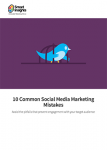
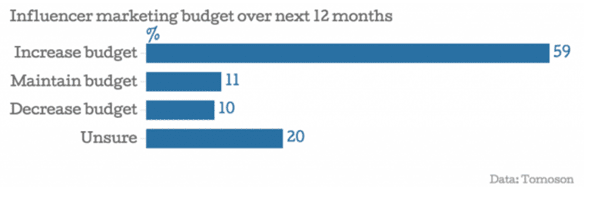
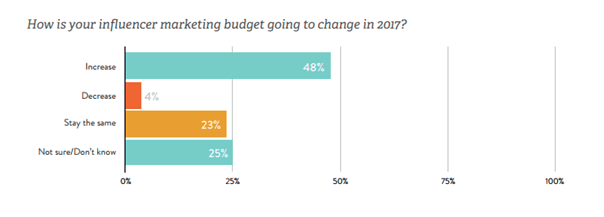
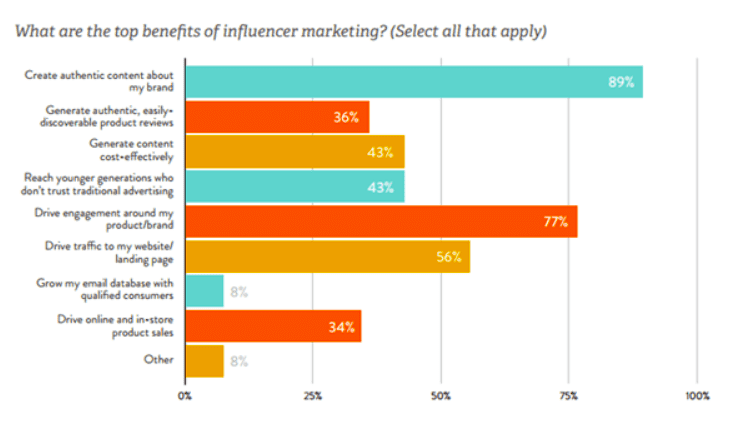
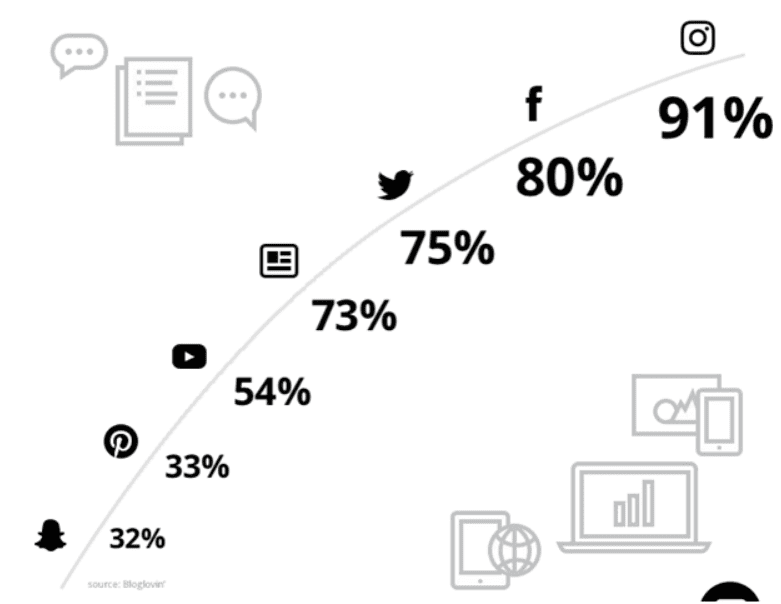
 Thanks to Gaurav Sharma for sharing their advice and opinion in this post. Gaurav is the Co-founder of
Thanks to Gaurav Sharma for sharing their advice and opinion in this post. Gaurav is the Co-founder of
Hello,
ReplyDeleteReally great to hear from you.
Yes we'll be very happy to help with this by sharing more about our experience.
Influencer Report